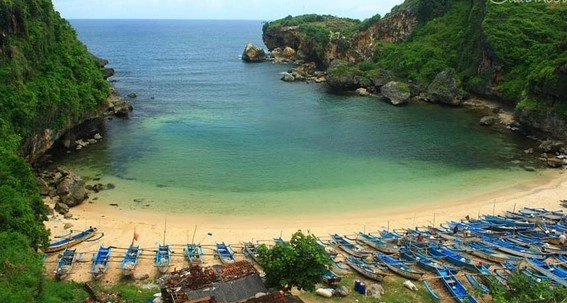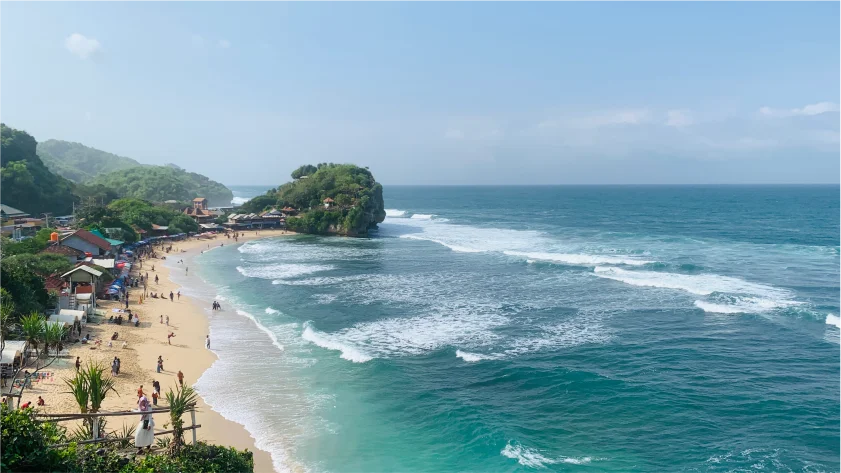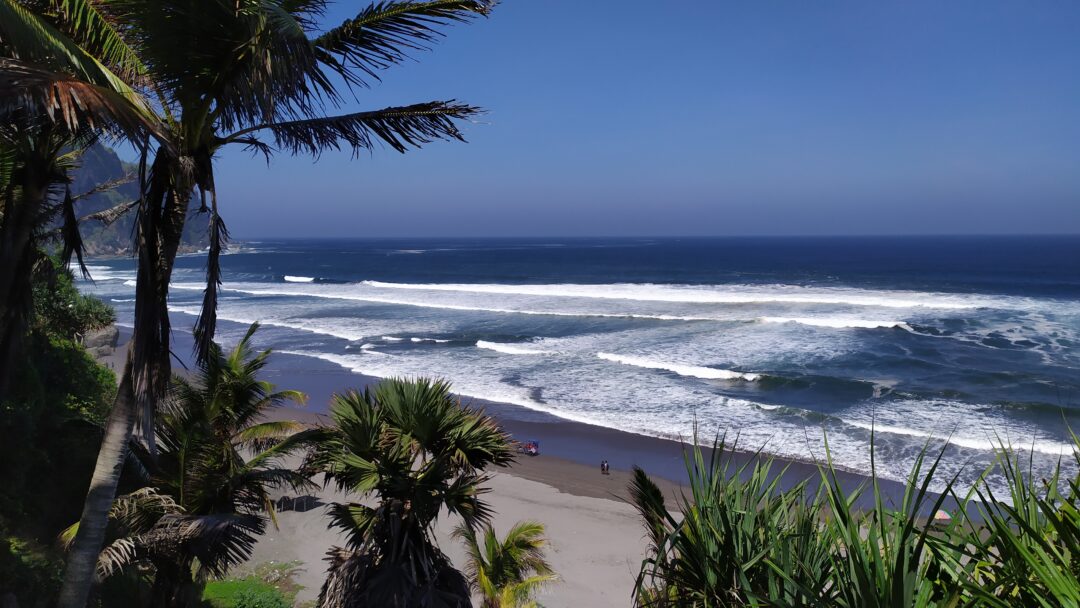Maldives Best Tourist Destination
Bizventure.info – The Maldives, officially known as the Republic of Maldives, is an archipelagic nation located in the Indian Ocean, southwest of Sri Lanka and India. Renowned for its stunning natural beauty, the Maldives consists of 26 atolls encompassing over 1,000 coral islands. With pristine white-sand beaches, turquoise waters, and vibrant marine life, the Maldives is a top destination for luxury tourism and honeymooners.
Read More : Profile dan Biodata Ayu ting ting Penyanyi dangdut
Geography and Climate
The Maldives spans approximately 298 square kilometers, making it the smallest Asian country by land area. The country’s geography is characterized by low-lying coral islands, with the average ground level being about 1.5 meters above sea level, making it the world’s lowest country. This unique geography creates an environment rich in coral reefs, which support a diverse array of marine life.
The climate of the Maldives is tropical, with warm temperatures game Fals4d Link year-round, averaging between 25°C and 30°C. The year is divided into two main seasons: the dry season (northeast monsoon) from November to April, and the wet season (southwest monsoon) from May to October. The dry season is characterized by clear skies and calm seas, making it the peak tourist season, while the wet season brings more rain and occasional storms.
Read More : Istilah Dalam Dunia Arsitektur
History Maldives
The Maldives has a rich history influenced by various cultures due to its strategic location along ancient trade routes. The earliest settlers are believed to have arrived around 500 BCE, with evidence of Hindu and Buddhist communities. Islam was introduced in 1153 CE, and the Maldives became a sultanate. Over the centuries, the Maldives was influenced by traders from Africa, Arabia, and Southeast Asia.
European colonial powers, including the Portuguese, Dutch, and British, had interests in the Maldives, but it retained a degree of autonomy. The Maldives became a British protectorate in the late 19th century and gained full independence in 1965. In 1968, the country mobil honda transitioned from a sultanate to a republic.
Read More : Profile Dari Luhut Binsar Pandjaitan
Economy Maldives
Tourism is the backbone of the Maldivian economy, contributing significantly to GDP and employment. The country’s idyllic resorts, many of which occupy entire islands, attract millions of visitors annually. Luxury accommodations, underwater restaurants, and world-class diving and snorkeling spots are major draws for tourists.
Fishing is the second-largest industry, providing a livelihood for many Maldivians. The country’s waters are rich in tuna, which is a major export product. Additionally, the Maldives has been exploring opportunities in marine biotechnology and sustainable fisheries.
Agriculture plays a minor role due to limited arable land, but coconut palms permainan online and tropical fruits are cultivated. The Maldives imports a significant portion of its food, fuel, and manufactured goods.
Read More : Daftar Makanan Terbaik dari Italia
Culture Maldives
Maldivian culture is a blend of South Indian, Sinhalese, and Arab influences, reflecting the diverse origins of its people. Dhivehi, an Indo-Aryan language, is the official language, and Islam is the state religion, shaping many cultural and social norms.
Traditional Maldivian music and dance, such as “bodu beru,” involve rhythmic drumming and lively performances. Craftsmanship is also significant, with local artisans aplikasi kamera producing intricate lacquerware, woven mats, and wooden dhonis (traditional boats).
Maldivian cuisine features a variety of fish, particularly tuna, along with coconut and rice. Popular dishes include “garudhiya” (a fish soup), “mas huni” (shredded smoked fish with coconut), and “fihunu mas” (grilled fish with chili).
Read More : Kasus Pembunuhan Kopi Sianida Mirna
Environmental Concerns Maldives
The Maldives faces significant environmental challenges, primarily due to climate change and rising sea levels. As the lowest-lying country in the world, it is highly vulnerable to flooding and erosion. Coral bleaching, driven by increasing sea temperatures, threatens the health of the coral reefs, which are crucial for marine biodiversity and tourism.
The Maldivian government has been proactive in addressing these issues, advocating for global climate action and implementing measures to mitigate the impact of rising seas. Efforts include coral reef restoration, sustainable tourism practices, and investments in renewable energy.
The Maldives is a unique and enchanting nation known for its breathtaking natural beauty and vibrant culture. While it faces considerable environmental challenges serangan siber, the resilience and adaptability of its people, coupled with a strong commitment to sustainability, offer hope for the future. Whether through its luxurious resorts, rich cultural heritage, or efforts to combat climate change, the Maldives continues to captivate the world’s attention and inspire action.
Read More : Siapakah Jude Bellingham Pemain Real Madrid







